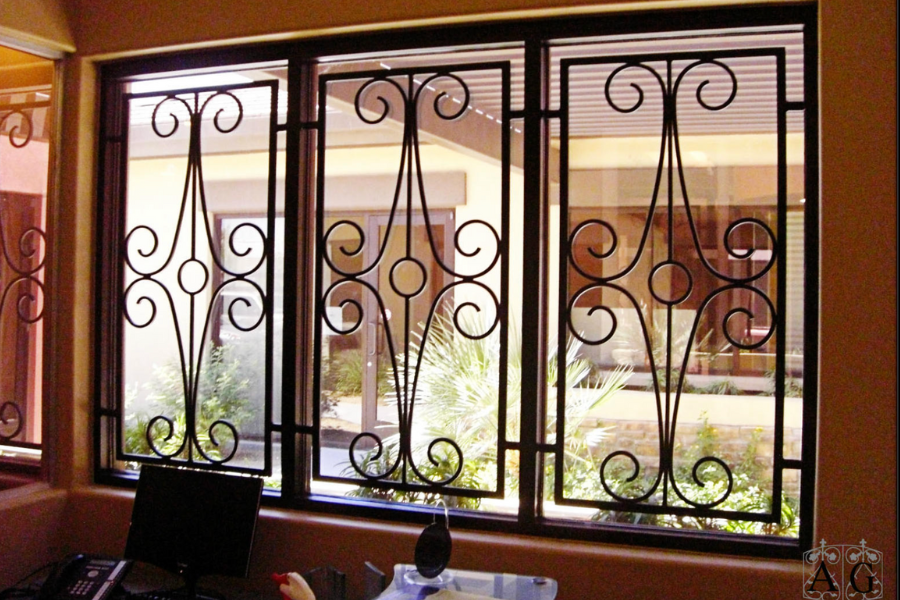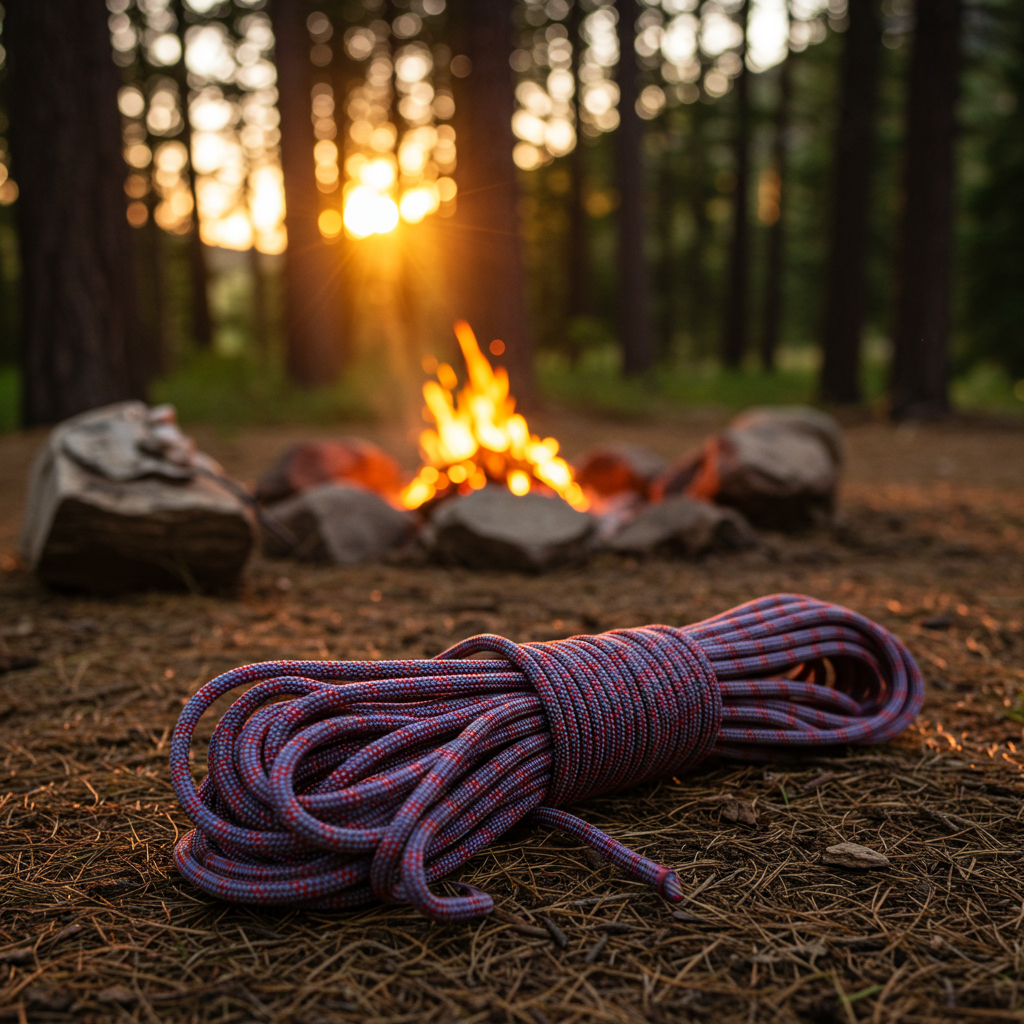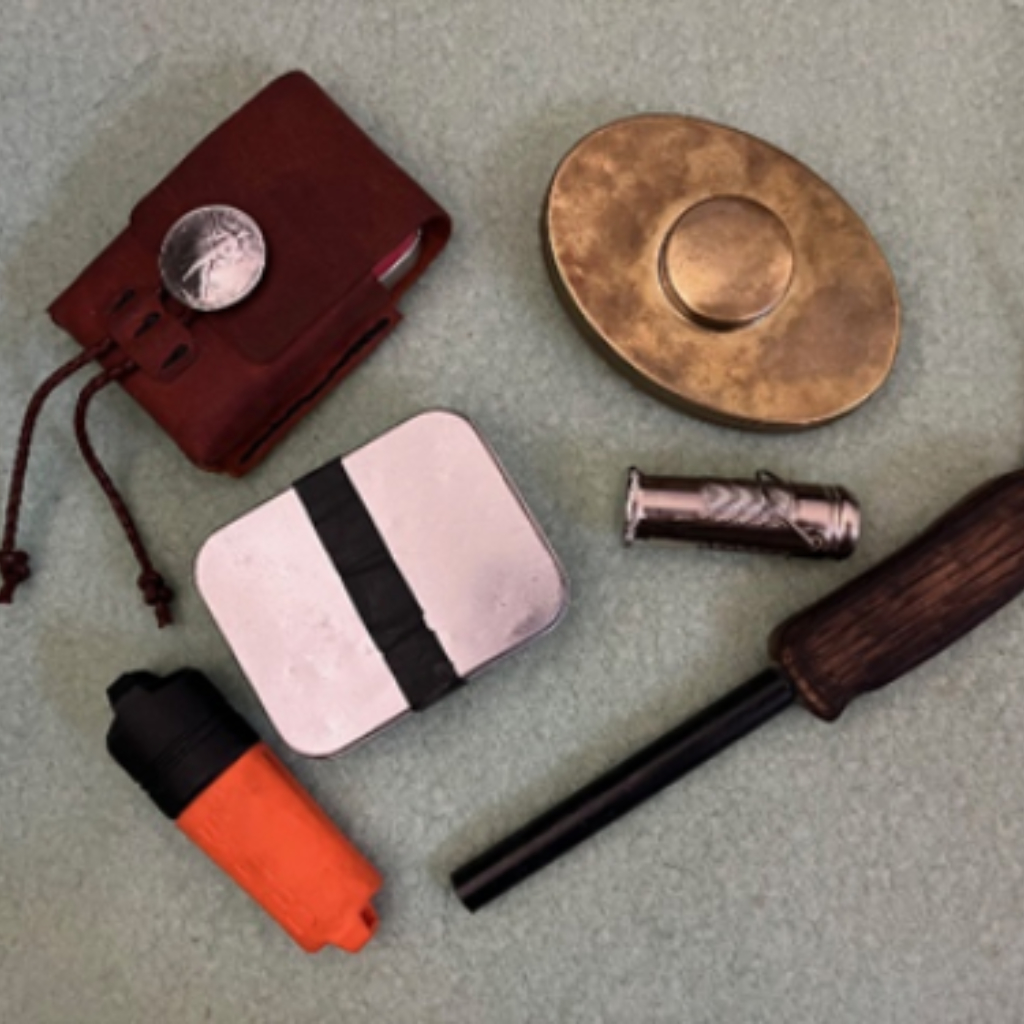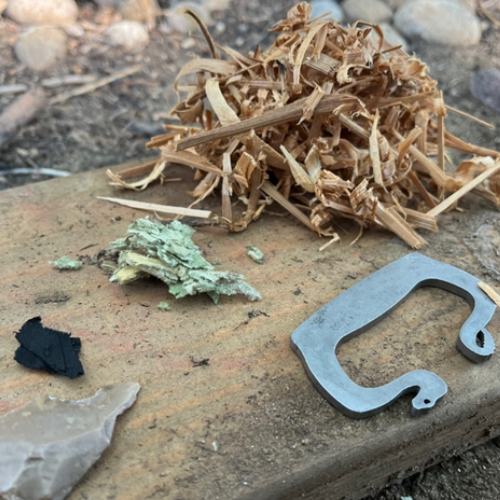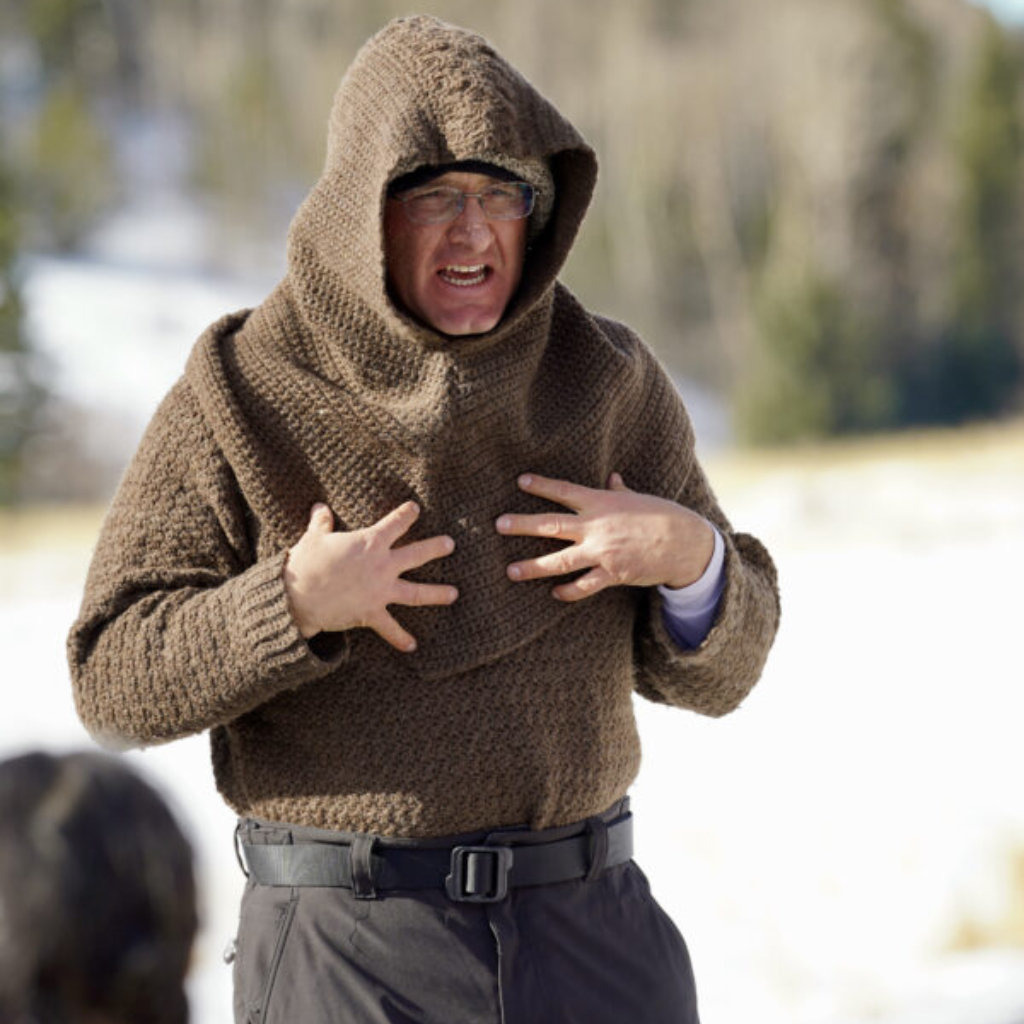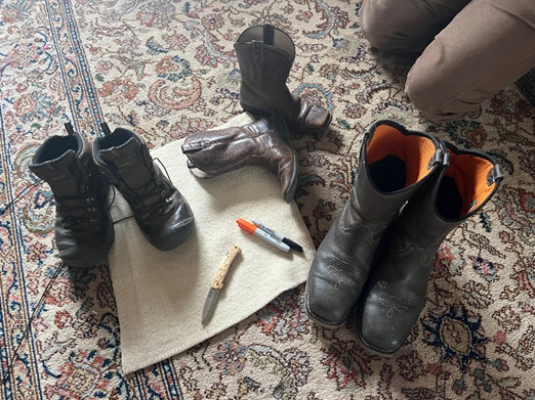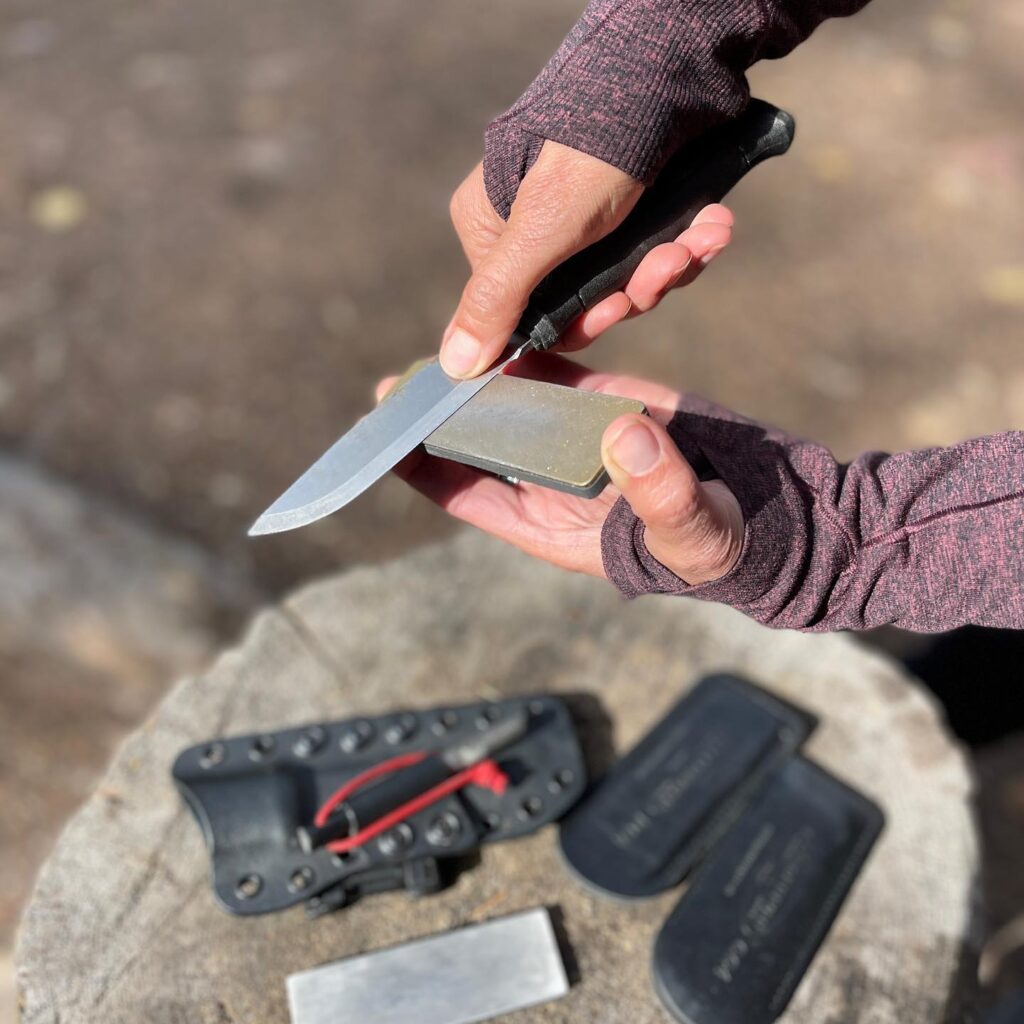Cart
6 min read
Harden Your Home
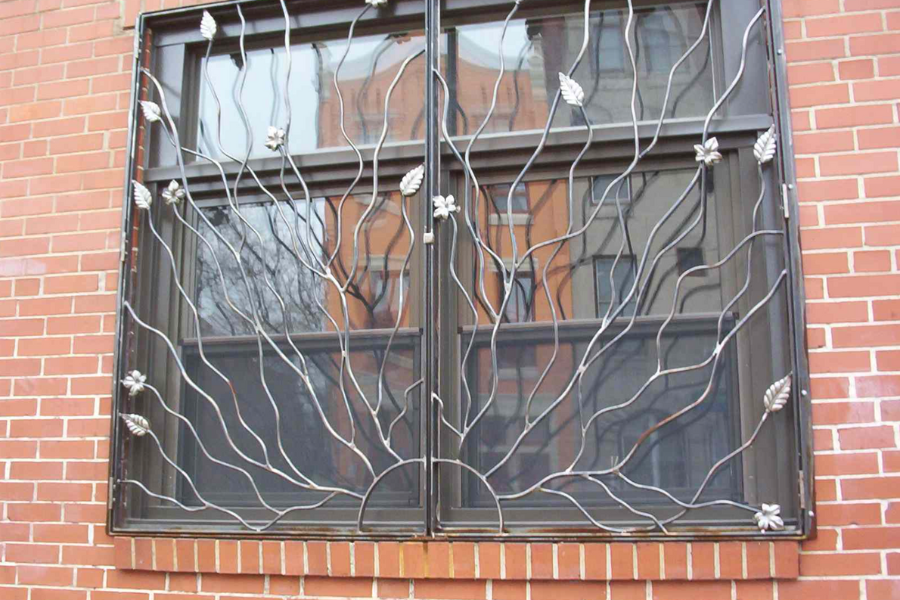
In today’s world, many people want what you got and a few are willing to take it from you by any means necessary. With the amount of break-ins reported, it is a proven fact that people are not safe in their homes and things are not getting any better.
In a SHTF scenario, there will be a lot more people who want what you have, especially if you are a prepper or survivalist. Granted should anything happen, the majority of the population is going to head for the grocery stores and department stores to do their looting, but there will be a fair amount that hit the neighborhoods. You do not want to be an easy target, whether it is during normal times or a disaster situation. Here are a few steps you can take to harden your home.
EXTERIOR DOORS
Be sure your doors are sturdy. Steel core doors are the best but a solid wood door or a solid hollow steel door will do. Avoid doors with windows in them. If you must have a window, purchase a decorative metal grid and install it over the window. With a window on your door, you might as well leave your door unlocked when it comes to keeping an intruder out of your home.
DOOR FRAME HARDWARE
The frame around your door is equally as important as the door itself. The strongest door in the world will do you no good if the frame holding it up is not strong. Other than a window, the weakest point of any door is the strike plate where your deadbolt enters the door frame. When it comes right down to it, there is only a small piece of wood keeping your door secure. A good kick will destroy the door frame at the strike plate. Here are some tips to harden your door frame.
- Replace all stock screws on the door hinges and strike plate with 3 inch screws. This ensures that these accessories will be securely anchored into the door jam and hopefully will reach a more solid 2×4 in the wall.
- Replace the strike plate with a more solid plate and anchor it with 3” screws. The longer/larger the strike plate, the better. There are high quality aftermarket products that are ready made or you can fabricate something yourself from items you can find at home depot.
- Remove the molding around your door on the side of the deadbolt and fasten a long metal strip to reinforce the wooden structure. There are many ways to do this; it all depends on your existing door structure and how much time you want to put into it. This will require some work but your door will be far more secure if you take the time to do it. Again, use 3 inch screws to secure all accessories whenever possible.
- Sliding glass doors are difficult. Either replace them with solid doors, install break proof glass (which is very expensive) or just take your chances. Do not rely on the simply locking mechanism that is on all standard sliding glass doors. These can be opened with a good jerk of the handle or with a pry bar. If nothing else, place a long piece of wood in the side rail to keep the door from opening easily.
WINDOWS
Your primary concern should be windows on the ground floor, including windows in window wells that lead to your basement. Like a sliding glass door, install a piece of wood, cut to fit so that the window cannot be opened from the outside. To slow down an intruder you can coat the window with shatterproof film. Install decorative metal of bars that will either keep an intruder from breaking the window or entering through the window if they do manage to break it. For basement windows, have metal grates installed that can only be opened from the inside. Completely sealing off basement windows is a fire hazard and should not be done.
Once your doors and windows are secure, you can focus on making your home less appealing to criminals. A home that is difficult to access is usually not targeted by criminals that are looking to make an easy buck.
- Install motion lights around the perimeter of your house. Solar powered lights are best because if power is cut, they will still function.
- Landscaping: Do not put boulders around windows, giving an intruder a step stool to get in. Place cactus or other thorn-bearing plants below windows but keep your foliage trimmed and maintained so someone cannot easily hide in the bushes.
- Security Cameras: many security cameras are cheap these days. You don’t need high quality, just something that will let you know someone is out there and will let them know that they are being watched. Place a camera to cover all easy access points and another to monitor your breaker box or utility box outside of your home.
- Get a dog and put up signs warning people of your dog. If you don’t want a dog, put up “Beware of Dog” signs anyway. Most people have some sort of fear of dogs and simply do not want to get bit. Criminals know a dog will alert them of their presence, making your home a less easy target.
- Fence your yard. Putting a fence around your entire yard will slow down any intruder. You can go as far as making the gate inoperable unless you release or active it from the security of your home. Split-rail fences offer no security, while 5’ to 6’ wooden fences offer more. An iron fence with decorative spikes on top is your best defense (outside of chain link and razor wire). Landscape properly around your fence to make it difficult or undesirable to climb over.
- Utilize your neighbors. While you probably do not want your neighbors knowing how or why you are securing your home, you can enlist them as another set of eyes. Become friends or at least get to know your neighbors. I know these days it’s not a common thing but if security is a concern for you, you should make the effort.
Leave a Comment
What to Do When You Encounter a Wolf in the Wild
Wolves are neither villains nor heroes—they’re survivors. Explore their role in nature, the myths that surround them, and what we can learn from their resilience.
Beyond the Flick: Fire-Starting Hacks for Broken, Empty, and Wet Lighters
Learn how to start a fire with a lighter even if it’s broken, empty, or wet. Master fire-starting techniques and build confidence in real-world survival...
Why Every City Dweller Needs Wilderness First Responder Training
Wilderness First Responder training prepares you to act fast in emergencies—urban or remote—when 911 is too far away.
Mastering Fire for Survival: How to Pack a TRUE emergency fire kit
Learn to pack a reliable survival fire kit with the right tools for warmth, cooking, and signaling. Keep it simple, effective, and ready for any...
How to Dress for Winter Survival: Mastering the Art of Layering
In cold weather, it is important to dress in layers. This allows you to adjust your clothing as your body heats up or cools down...
How to Make Wool Boot Inserts for Warm Feet on Winter Hikes and Outdoor Adventures
Learn how to make DIY wool boot inserts to keep your feet warm and comfortable during winter hikes and outdoor adventures. Simple, budget-friendly, and effective!
Choosing the Best Survival and Bushcraft Knife
Choosing the Best Survival/Bushcraft Knife: A Comprehensive Guide for Survival University Students

